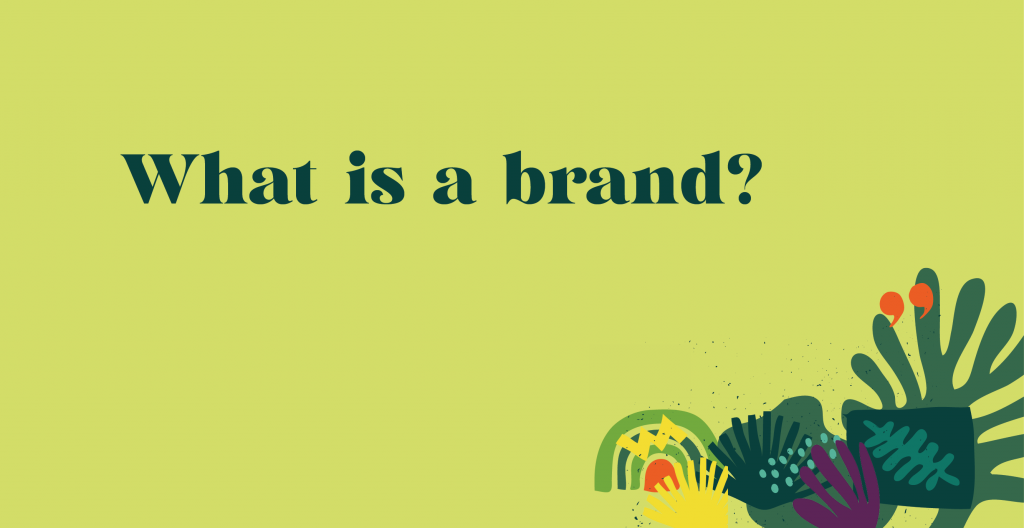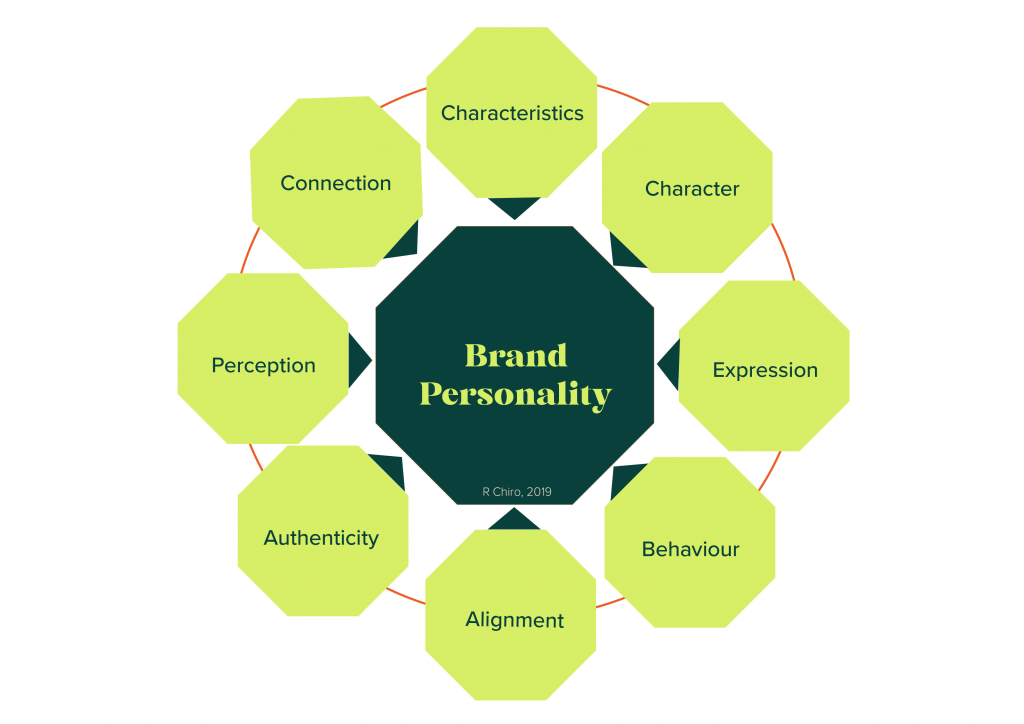
Do you have a finger on your brands’ pulse?
I often describe brands as living organisms because, like those organisms, brands change and evolve. Some are mortal, and some could be described as immortal. As with any living thing, you have to check that it’s in good health and adapting well to its conditions. If not, we make adjustments in order for it to thrive.
Many moons ago, when I worked with Unilever brands, we attended a brand health meeting every month. The research company would present their findings on various checks that would help us keep the brands healthy and thriving. Sometimes they would give us the sad news that our brands are nearing their end, for us to start preparing for that prognosis:
The researchers would share information mapped against competitor brands on:
- Brand awareness – do consumers know of your brand?
- Band preferences – proportion of the consumers that would prefer to use the brand over competitors
- Brand penetration – proportion of the consumers that actually buy your brand
- Brand advocacy – would consumers recommend your brand?
- Market trends – what is happening in the marketplace, eg how is the pandemic affecting consumer behaviour?
- Consumer spend – what’s in their shopping basket and why
- Consumer shopping habits – when do they buy, how often?
- Advert or message recall – do they remember what you say?
The research company would also arrange for us to go on what we called consumer safaris, where we would spend the day with the consumer observing then go about their day and how they use products in their homes.
Insights. Insights. Insights. The insights helped us keep a finger on our brands’ pulse. Was the brand in good shape, was it healthy? Did we need to make adjustments to make the brands work better for the consumer? Were we communicating in a manner that the consumer understood and resonated with? What changes have an impact on our consumers and how they interact with our brand? What do we need to do to keep our brands fighting fit?
The insights shaped product and service innovation, product formulation changes, package changes, price adjustments, supermarket display strategy, advertising campaigns, changes in messaging, positioning adjustments, category shifts and more.
I can hear you saying, it’s all well and good for Unilever to do this – they have the budgets for such in-depth research. It’s always a good investment to engage the specialist services and commission research. One big advantage is that you can tap into wider insights that the research company has at their fingertips, and you will have to work a bit harder to obtain. The other is that it frees up your time to concentrate on other projects.
An organisation can easily keep track of its brand’s health without engaging a research company. There is a wealth of information within the organisation already. Talking to the customer-facing staff will give you insights into how your customers are experiencing your products and services. The sales team can give insights on what is happening in the marketplace that they pick up as they interact with their network. What are your customers saying about your brand on social media channels? Do your non-customer-facing staff know enough about your brand to tell their friends and family about it with ease? Is the customer at the centre of your processes and the way you do business? Reporting systems can be put in place to continuously and consistently capture this information.
As marketers and senior leadership, you can check if your brand:
- Supports your business strategy
- Reflects what your organisation’s about
- Has impact and stands out
- Feels up to date
- Works well for your selling and marketing activities.
If the majority of the answers to the above questions are no. Then it’s time to review your brand and put in a call to someone like me to help you.


